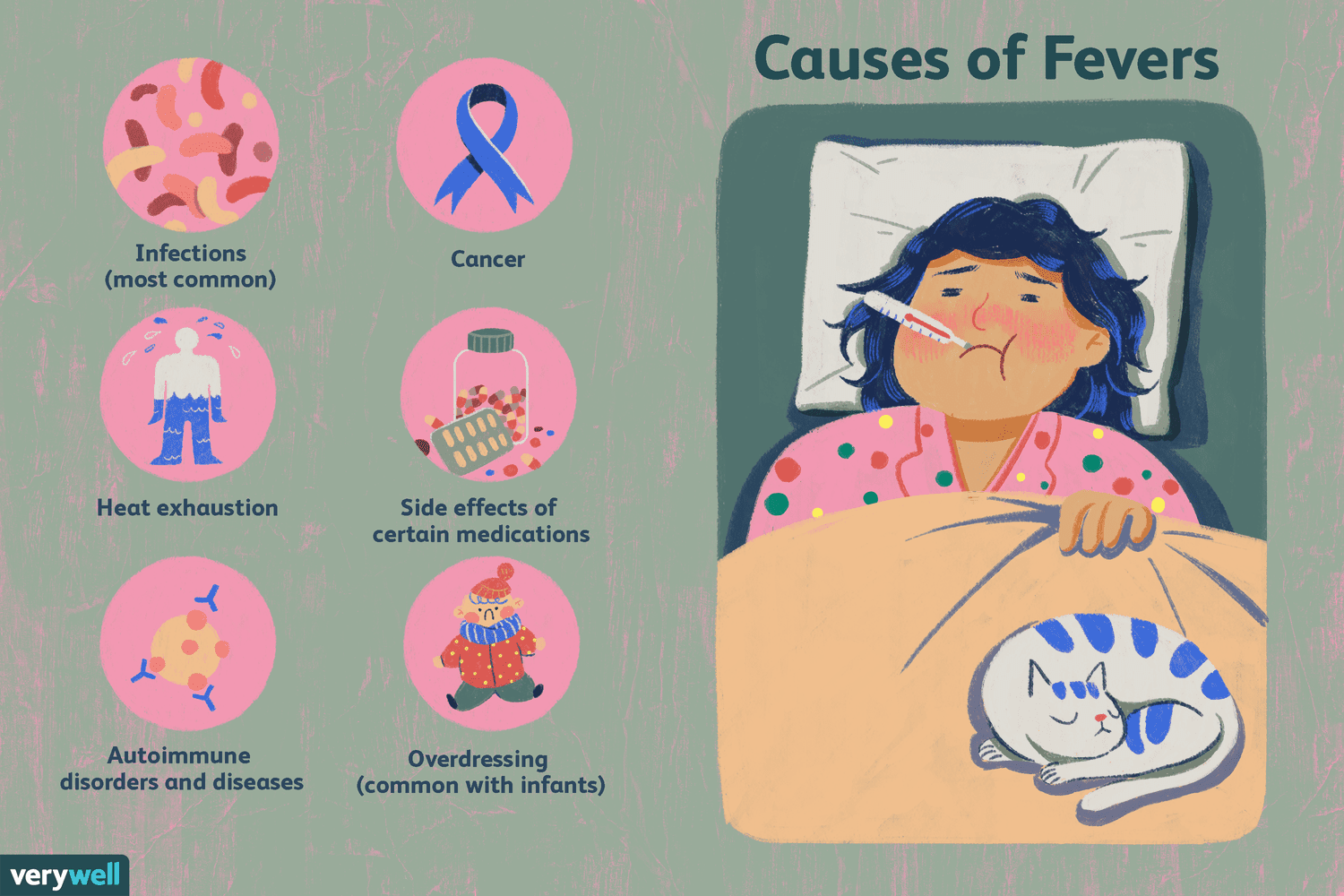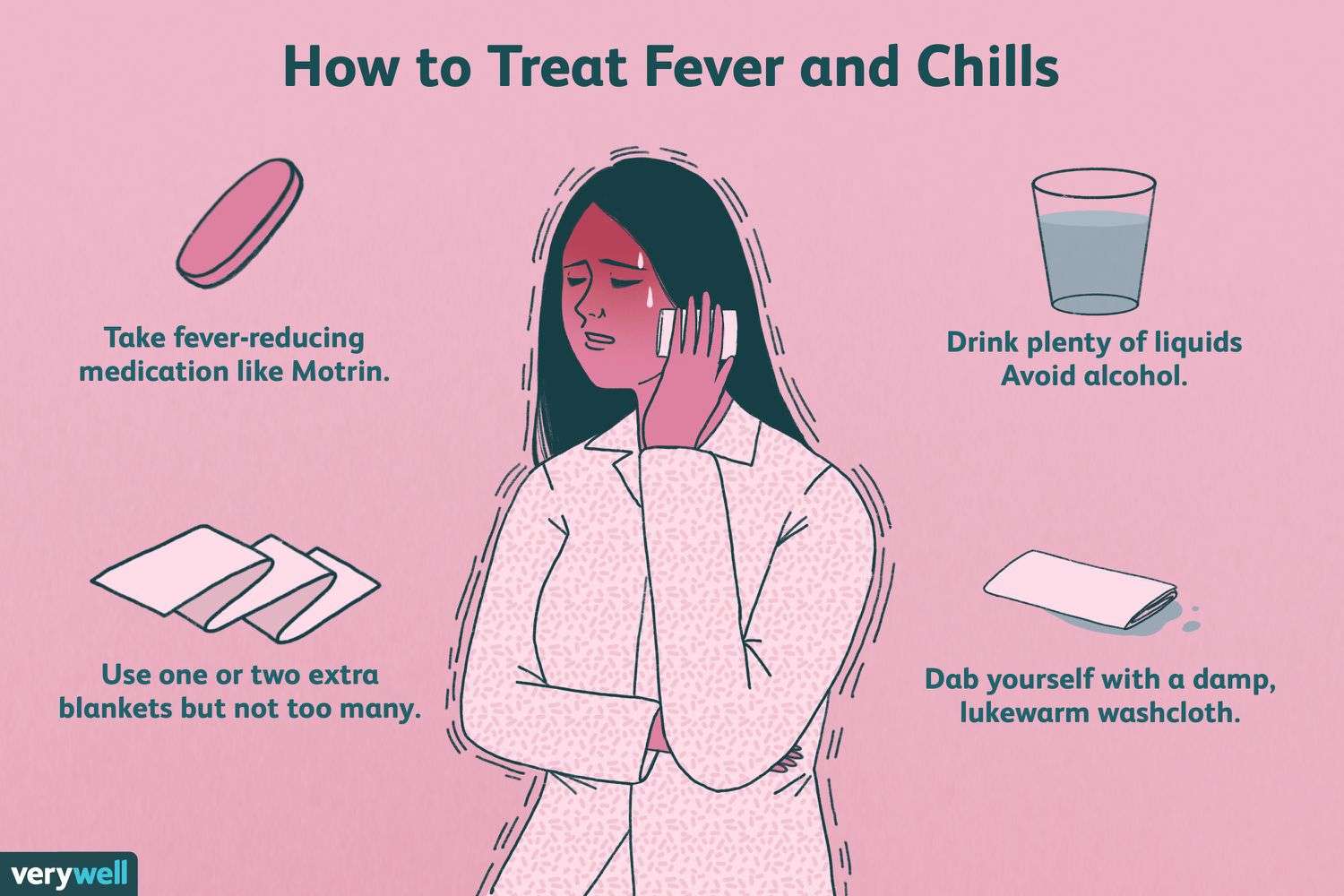Title: Understanding Fever: Signs, Symptoms, Causes, Risk Factors, Diagnosis, Prevention, Diet, Lifestyle, and Homoeopathic Medicines
Introduction:
Fever is a common symptom experienced by individuals when the body's temperature rises above the normal range. It is usually a sign that the immune system is fighting an infection or inflammation. In this blog post, we will explore the signs, symptoms, causes, risk factors, diagnosis methods, prevention strategies, diet and lifestyle considerations, as well as the potential role of homoeopathic medicines in managing fever.
Signs and Symptoms of Fever:
1. Elevated body temperature: A temperature higher than the normal range of 36-37°C (98-99°F).
2. Shivering or chills: The body may experience rapid muscle contractions to generate heat.
3. Sweating: As the fever breaks, the body may produce excessive sweat to cool down.
4. Headache and body aches: Common symptoms accompanying fever.
5. Fatigue and weakness: Feeling tired or lethargic.
6. Loss of appetite: Decreased desire to eat.
Common Causes of Fever:
1. Infections: Bacterial, viral, or fungal infections such as the flu, common cold, urinary tract infections, or pneumonia.
2. Inflammation: Fever can occur as a result of inflammation due to conditions like rheumatoid arthritis or inflammatory bowel disease.
3. Medications or vaccines: Certain medications or vaccines may cause fever as a side effect.
4. Heat exhaustion or heatstroke: Overexposure to high temperatures can lead to fever.
5. Other underlying medical conditions: Fever can be a symptom of various medical conditions, including cancer or autoimmune diseases.
Risk Factors for Fever:
1. Age: Infants and young children, as well as older adults, may be more susceptible to developing a fever.
2. Weakened immune system: Individuals with compromised immune systems may be at a higher risk of experiencing fever.
3. Exposure to infectious agents: Close contact with individuals who have infections increases the risk of developing a fever.
4. Chronic medical conditions: Certain chronic diseases or conditions can increase the likelihood of fever.
Diagnosis of Fever:
Fever can be diagnosed through the following methods:
1. Temperature measurement: Using a thermometer to measure body temperature.
2. Medical history and physical examination: Discussing symptoms and medical history with a healthcare professional.
3. Blood tests: Assessing for infection or inflammation markers in the blood.
4. Imaging tests: In some cases, imaging tests such as X-rays or CT scans may be necessary to identify the underlying cause.
Prevention, Diet, and Lifestyle Considerations:
1. Hand hygiene: Regularly washing hands with soap and water or using hand sanitizer can help prevent the spread of infections.
2. Vaccinations: Keeping up-to-date with recommended vaccinations can protect against certain infections.
3. Proper food handling: Ensure that food is prepared, cooked, and stored safely to prevent foodborne illnesses.
4. Stay hydrated: Drink plenty of fluids to prevent dehydration, especially when experiencing fever.
5. Rest and sleep: Get adequate rest to support the body's immune system.
6. Maintain a balanced diet: Consume a nutritious diet rich in fruits, vegetables, whole grains, and lean proteins to support overall health.
Homoeopathic Medicines for Fever:
Homoeopathic medicines aim to stimulate the body's natural healing response and restore balance. The selection of specific remedies depends on individual symptoms and the underlying cause of the fever. Some commonly used homoeopathic medicines for fever include:
1. Belladonna: Indicated for sudden onset of high fever with flushed face and dilated pupils.
2. Aconite: Useful for fever that occurs after exposure to cold, dry winds or during the early stages of a cold or flu.
3. Bryonia: Recommended for fever accompanied by body aches, worsened by movement, and relieved by rest.
It is crucial to consult a qualified homoeopathic practitioner for an accurate diagnosis and individualized treatment plan based on your specific symptoms and overall health.
Conclusion:
Fever is a common symptom that can occur due to various causes. By understanding the signs, symptoms, causes, risk factors, diagnosis methods, prevention strategies, and considering the potential benefits of homoeopathic medicines, individuals can effectively manage fever and support their overall well-being. Remember to consult healthcare professionals for an accurate diagnosis and to create a comprehensive treatment plan tailored to your specific needs.



Leave a Message